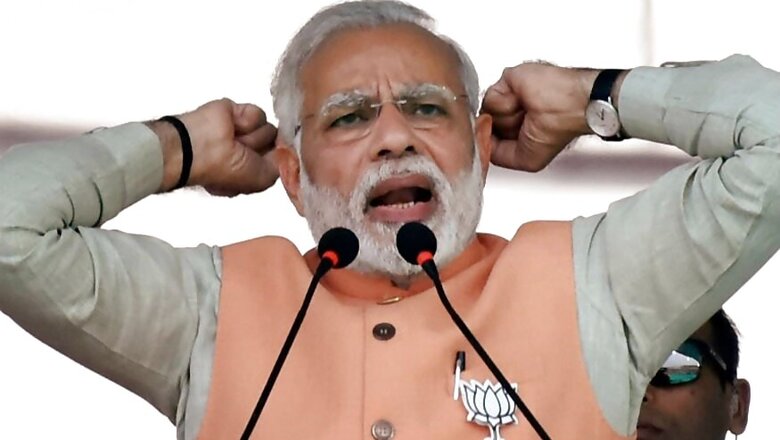
views
Prime Minister Narendra Modi enumerated the seven deadly sins of the Congress in Parliament — Partition, PoK, Dynasticism, Emergency, Bofors, Corruption, NPAs. Combative and peppery-tongued, the NaMo of old is back, no longer on the defensive as he was in Gujarat.
The PM set the agenda for the 2019 Lok Sabha polls and gave the Congress more than it had bargained for when it needled him on the Rafale deal earlier this week, besides accusing him of intimidating the opposition parties and creating a ‘fear psychosis'.
The Congress' new-found aggression in confronting the PM is a call to arms, aimed at the entire Opposition, including the non-NDA, non-UPA parties. Buoyed by by-election victories in Rajasthan and a significant improvement in Gujarat, it is sending out a clear signal to its once and future allies — that it is their best bet for 2019.
The Modi-bashing strategy, harping on his undemocratic disposition, underlines the Congress' urgent need to attract partners for what is shaping up to be a battle of alliances.
The Grand Old Party's footprint has shrunk even post-2014. Despite being the main Opposition party, it is a marginal player in the country's biggest states — Uttar Pradesh, Bihar, West Bengal, Tamil Nadu and erstwhile Andhra Pradesh (Telangana and Andhra) — which together account for 241 seats.
Likewise, it has little or no traction in Odisha and Jammu & Kashmir and has lost ground, perhaps irretrievably, in the North East and Delhi. In effect, it cannot go it alone in more than 50 percent of the seats in the country.
The Congress must put together the better alliance, as it did before the 2004 General Elections, when Sonia Gandhi famously walked across to Ram Vilas Paswan's house for a cup of tea, abandoning the go-it-alone 'Panchmarhi' line once and for all. And therein lies the rub, because Sonia is no longer in charge.
This brings us to the million-dollar question: will leaders of the stature of Sharad Pawar (NCP) and Mamata Banerjee (Trinamool Congress) accept Rahul Gandhi as the face of 2019? Nitish Kumar didn't, and not because he nurtured national ambitions. He simply saw Modi as a better bet than Rahul.
Significantly, it was Pawar who decided to get the Opposition together for a 'Constitution' march last fortnight. The Congress took its cue from him and hosted a UPA meeting, with indifferent results.
The current scenario is not encouraging. Akhilesh Yadav is already waffling on the alliance question, despite having tied up with the Congress for the UP assembly elections. Recently, the CPI(M) Central Committee turned down a proposal for allying with the Congress.
Mayawati has said she's not opposed to an anti-BJP front, but Congressmen have bitter memories of the previous tie-up with the BSP. The NCP had declared the UPA 'gone' in 2015 and called for a new formation, but Pawar has yet to disclose his cards. BJD leader and Odisha CM Naveen Patnaik has shown no inclination to ally with any party.
Alliances can come together in a matter of months, like the Mahagathbandhan in Bihar, but too much delay can prove costly, as the 11th hour SP-Congress alliance in UP proved.
And a bitterly fought election demands a smorgasbord of pre-electoral tie-ups. To maximise numbers, party managers have to consider how best to aggregate votes at the level of individual Lok Sabha seats. Even small parties, which can influence only a handful of seats, must be wooed because they can bridge the national player's 'vote deficit' (as Hardik Patel did in Gujarat).
Given that ideological compatibility is rarely a factor in pre-electoral coalitions — barring fundamental contradictions — most regional parties can choose either of the national players. The nimbler party will have the early bird advantage.
The BJP will attempt to retain old friends and win new ones, like the TRS in Telangana, the JD(S) in Karnataka and the Dravida parties in Tamil Nadu, because it cannot repeat its spectacular sweep of the cow belt and the west and must make up the numbers elsewhere.
By calling for simultaneous elections, the PM hopes to blunt the force of anti-incumbency in a number of states.
For Congress president Rahul Gandhi, the question is whether and how he can project himself as the natural leader of an anti-BJP front. Perhaps the OBC carpenter from New York has some ideas.
(The writer is a senior journalist. Views are personal)










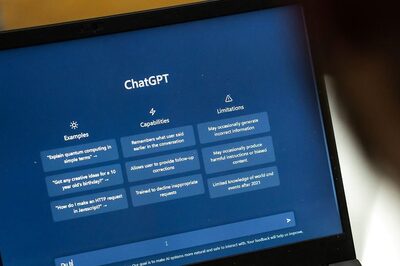



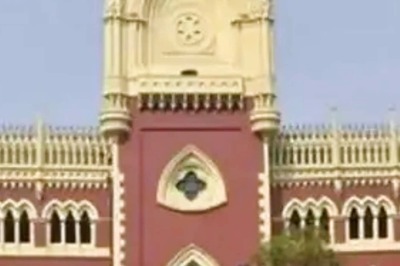
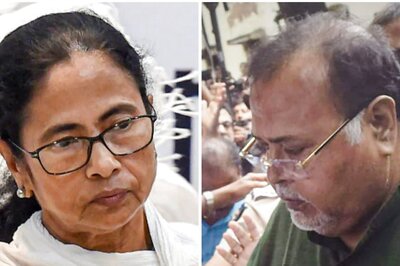



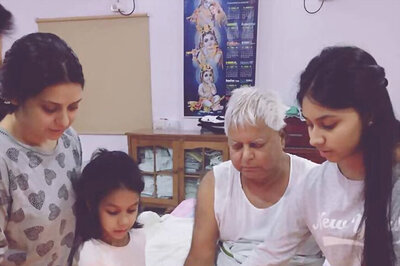
Comments
0 comment